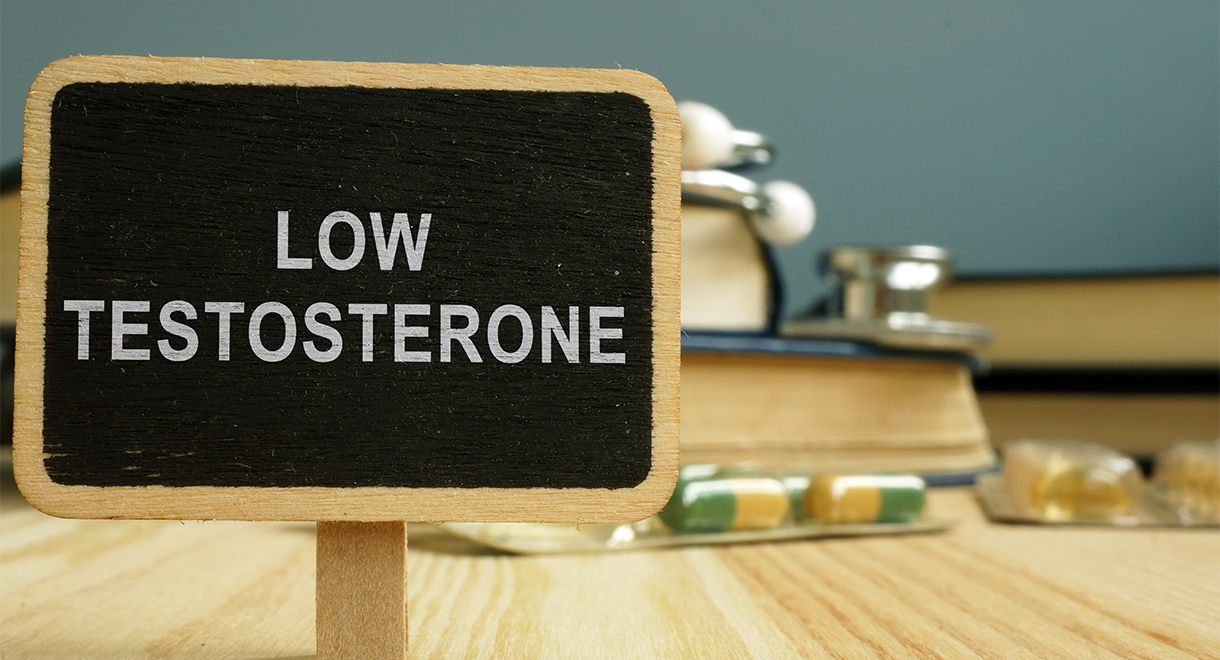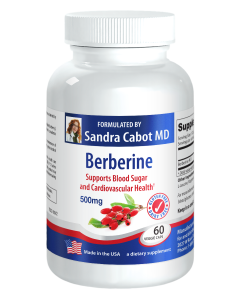

Your Statin Could Be Lowering Your Testosterone
Statins are the most popular class of cholesterol lowering drugs. Testosterone is made from cholesterol. Low testosterone is an increasingly common problem among men and some women. Your statin could be making it worse.
Cholesterol is the building block for several hormones, including those made by the adrenal glands, as well as sex hormones. This means that taking cholesterol lowering drugs can lower testosterone
levels in men and women, reducing libido, physical and mental drive, and energy. Low testosterone can also increase the risk of suffering with aches and pain, and it can worsen depression. As well as a loss of sex drive, several studies have shown that cholesterol lowering drugs can affect sexual performance in men, leading to erectile dysfunction.
Cells in the testes are capable of producing cholesterol, as it is required in high amounts to produce testosterone. Statin drugs do reach the testes, and they can inhibit cholesterol production there, as well as in the liver. Be aware that the risk factors for coronary heart disease, such as obesity, type 2 diabetes and smoking are also risk factors for erectile dysfunction. If you do suffer with erectile dysfunction, it could be an early warning sign that you also have clogged arteries and are at risk of a heart attack or stroke.
Please don’t discontinue any medication without your doctor’s approval. If you are concerned about high cholesterol, reducing your intake of alcohol, sugar and carbohydrate should help to lower it. There is a lot of helpful information in our book Cholesterol: The Real Truth.
Berberine is an herbal extract with a number of research-proven benefits to metabolism. It is especially beneficial for type 2 diabetics. Studies have shown berberine can help lower blood sugar and cholesterol, and it even makes weight loss easier. Berberine reduces the production of cholesterol by the liver without the harmful effects of statins.
Reference: Kash Rizvi, John P Hampson, John N Harvey. Do lipid lowering drugs cause erectile dysfunction? A systematic review. Family Practice Vol. 19, No. 1, 95-98
Know someone who might benefit from this article? Share it!
Need Help?
1-888-75-LIVER
Monday to Friday, 9:00 am to 5:00 pm MST
100%
Satisfaction Guaranteed
If it’s faulty or wrongly described, we’ll replace it.












